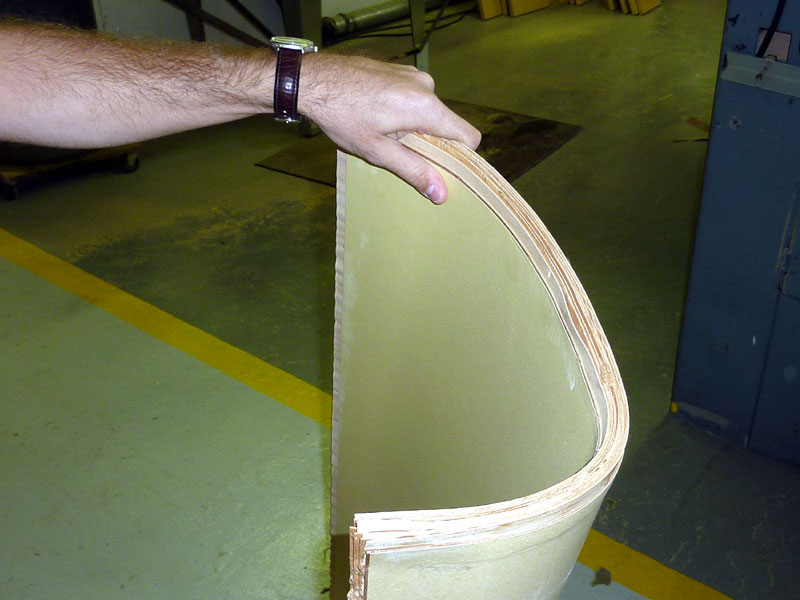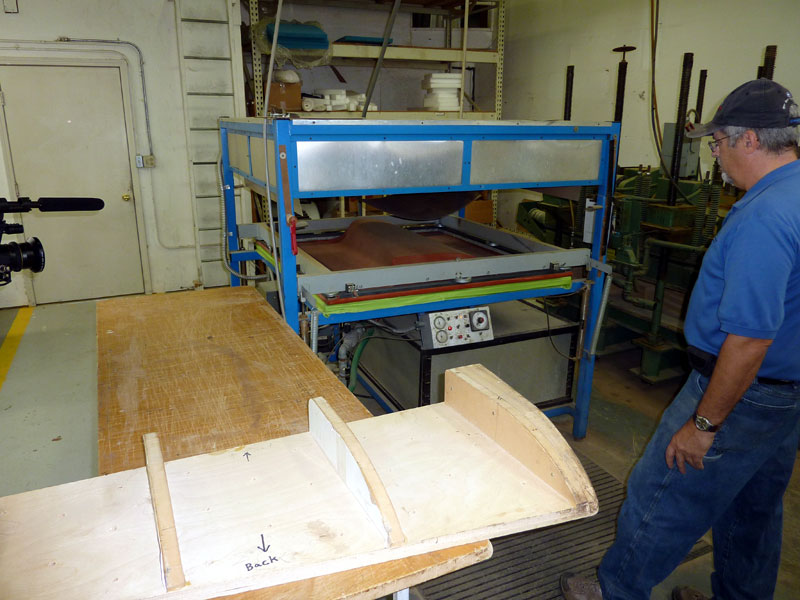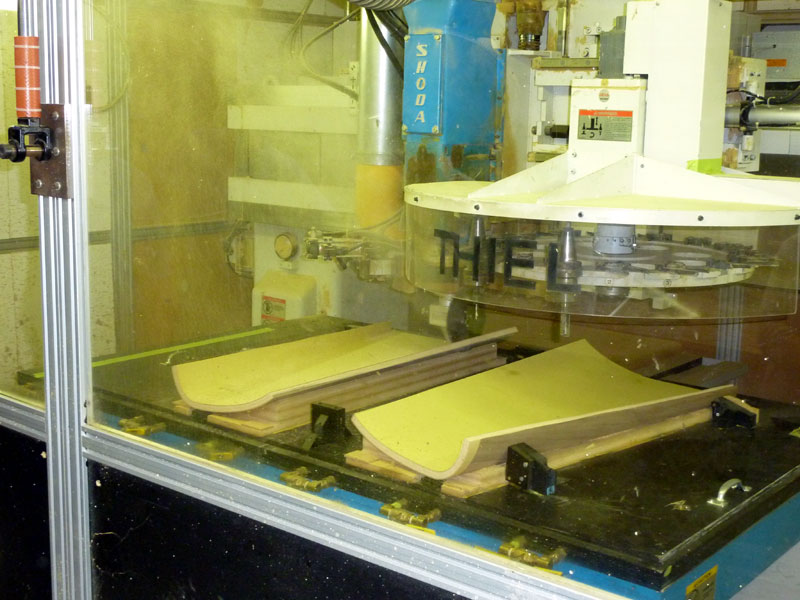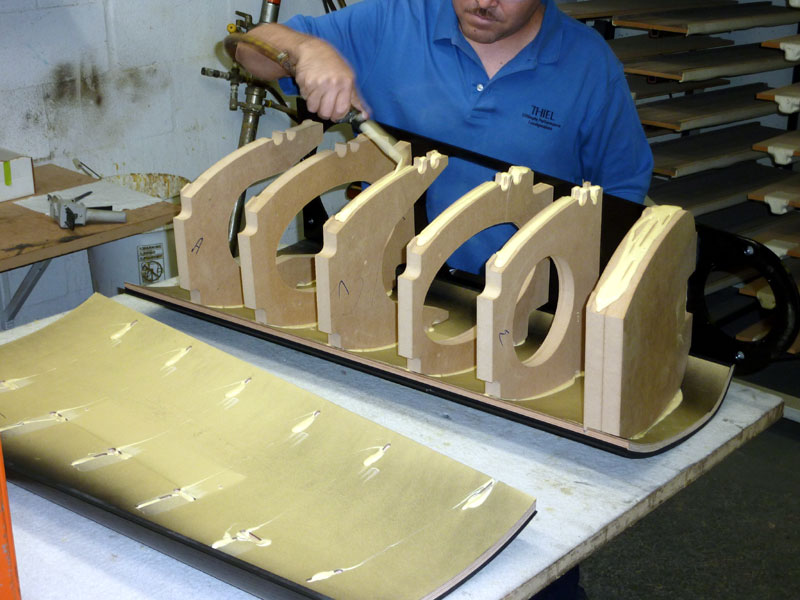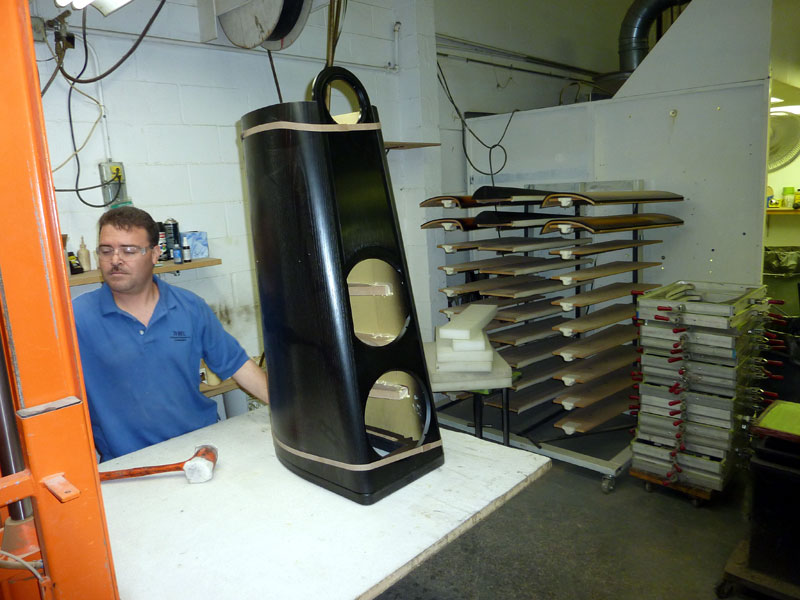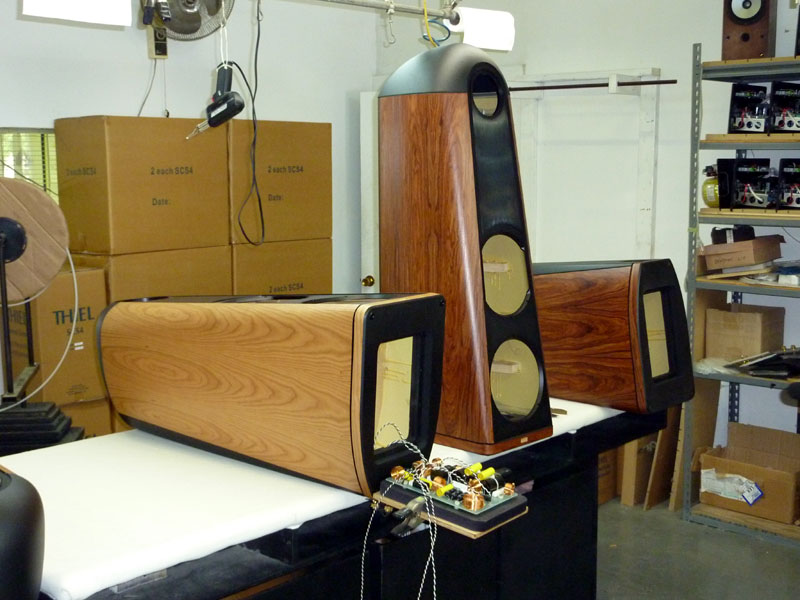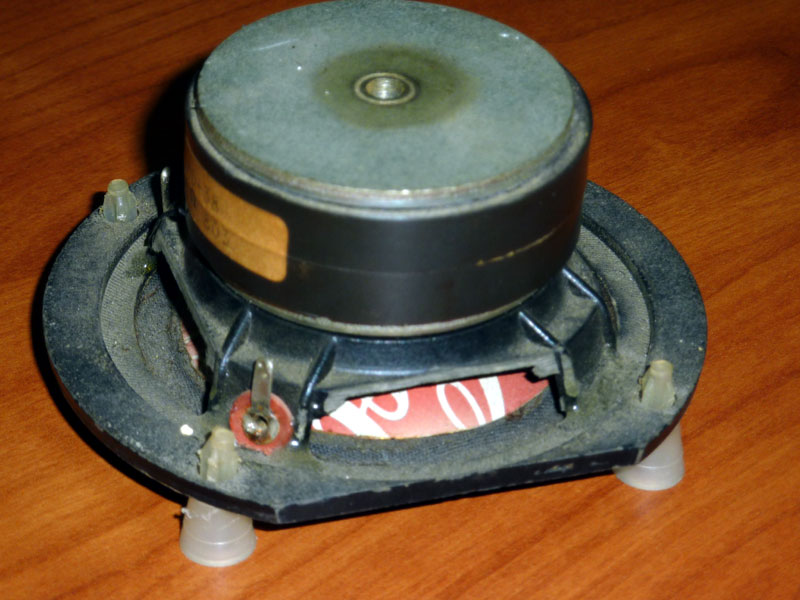Thiel Audio Carries On
he Thiel CS3.7 ($12,900/pair) was announced in 2005 to great anticipation. The successor to the CS3.6, Thiel's all-time best-selling speaker, the CS3.7 promised a number of innovations that would represent further evolution of Jim Thiel's design ideals. But taking the speaker from conception to prototype to finished product turned out to be more challenging and time-consuming than the company anticipated. There were delays and difficulties surrounding parts for the drivers and the cabinet, but most serious of all was Jim Thiel's health. When Jim passed away in September 2009, the Thiel Audio family had precious little time to grieve. A stagnant world economy was reshaping markets, including high-end audio. Jim did get to see his latest and greatest speaker come to fruition, and since his death the company that bears his name continues his work, churning out CS3.7s and developing the next generation of Thiel speakers based on Jim's ideas. A close look at the CS3.7 will cause some head-scratching. How exactly is it made? The cabinet walls are rounded, the top is a matte-black scull cap, and the front baffle is a slab of aluminum. Disparate materials come together elegantly in the CS3.7 -- the product of in-house precision and the expertise of outside vendors. CS3.7s are mostly made to order, small runs of three pairs dominating the company's production every few days. The speaker's curved side panels were an integral part of the design, but how to produce them in quantity became a formidable task. Thiel eventually found a furniture maker in North Carolina that was able to produce the panels to their strict standards. Fifteen plies of birch, masonite and paper are steamed to make them pliable. They are then glued and pressed into a mold. An industrial-sized microwave oven heats the whole thing, removing moisture and curing the adhesive. The finished panels are 70 percent wood material and 30 percent adhesive, resulting in a structure that is incredibly rigid.
CS3.7 production begins with the side panels, which are trimmed by hand and then veneered. Applying the veneer is no easy task because of the panel's contours, which can cause splitting. Thiel overcomes this by using sheet-goods veneer. A paper backing is attached to the veneer, and this keeps it intact as it bends around curves. As the side panels are veneered, the back panel is glued together, 1" MDF forming a 3"-thick block. The side panels are placed in a membrane press (shown below) that follows all contours and provides even pressure. Heat is applied to set the adhesive. The back pieces are placed in a different press under a ton of pressure.
After the side panels have been veneered and the back panel and braces rough cut, they are all machined in one of Thiel's CNC mills. This shapes the pieces to the tight tolerances required. It seems counterintuitive to veneer the side panels and then machine them, but that's actually the best way to do it, as the CNC mill trims all of the edges. The CNC also makes the internal cuts for the speaker's braces. The braces, each of which was computer optimized, are also machined, as are the back and base, the latter receiving a strip of veneer.
Assembly of the cabinets requires patience, a knowing touch, and a lot of adhesive, which is used both to hold the cabinet together, creating a bond that's stronger than the materials themselves, and seal the drivers' chambers.
The CS3.7's baffle is machined in China from T6061 aluminum, which Jim Thiel felt was sonically superior to even the cement-like composite baffles used for his CS5, CS6 and CS7 speakers. The baffle is glued to the side panels and braces, becoming integral to the very stiff cabinet. The die-cast top cap is also made in China, and it proved to be difficult to create. Consistency varied wildly, all vendors thinking they could make this distinctive piece of the speaker until they tried. Through much trial and failure, Thiel eventually found the right manufacturer.
After the adhesive has set, the cabinets are sealed with multiple coats of clear lacquer, which brings out the grain in the veneer. After this dries, final assembly begins. Perfectly cut pieces of fiberglass damping material are placed precisely into each cabinet, and the drivers and crossover are installed and connected. The single most difficult part of taking the CS3.7 from the drawing board to production was the development of the drivers, which required over 60 iterations. Thiel still does in-house manufacturing of the drivers for some of its speakers, but not for the CS3.7. Those drivers are manufactured in China. Once again, consistency proved to be an issue for potential manufacturers. Now, with the wrinkles ironed out, Thiel stocks the CS3.7's distinctive coincident tweeter/midrange along with all of the parts required to rebuild damaged drivers.
I visited Thiel more than a decade ago, and what impressed me most was the company's collective resourcefulness. This is still Thiel's backbone: creating a system by which its products are made and supported, no matter what that requires. So many of the machines were designed and created at Thiel, as nothing commercially available was suitable. These include the glue applicators and presses. The large table saw in the workshop has parts taken from Jim Thiel's dining-room table. One of the company's prized relics is a prototype driver whose aluminum cone Jim fashioned from a Coke can.
I mentioned at the beginning of this article that Thiel has a couple of new designs in development right now. I'll ease the suspense and reveal that the company hopes to ship the CS1.7 by next spring. The CS7.3, which, according to Thiel, "looks like an overgrown CS3.7" but has many of its own innovations, is further off in the future, a point on which the company is keenly fixed. As for the CS3.7, I've not covered every step of the
process by which it's made -- not even close. As for the fine points of Jim Thiel's design
work and the sonic outcome, I'll write about all of that in my upcoming review. |

